
Bethany Brookshire was a longtime staff writer at Science News Explores and is the author of the book Pests: How Humans Create Animal Villains. She has a B.S. in biology and a B.A. in philosophy from The College of William and Mary, and a Ph.D. in physiology and pharmacology from Wake Forest University School of Medicine. She was a 2019-2020 Knight Science Journalism Fellow at MIT, the winner of the Society for Neuroscience Next Generation Award and the Three Quarks Daily Science Writing Award, among others.

All Stories by Bethany Brookshire
-
 Health & Medicine
Health & MedicineScientists Say: Hormone
This is a chemical that travels in the blood and acts as a signal. It can tell distant body parts what to do. When a chemical acts in this way, it has a special name.
-
 Microbes
MicrobesMaking a microbe subway map
We are surrounded by bacteria, fungi and other tiny organisms. Now, high school scientists have contributed to the first map of microbes in the New York subway system.
-
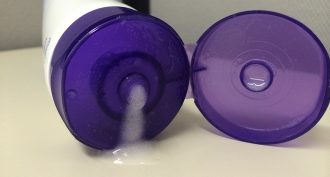 Environment
EnvironmentScientists Say: Microplastic
Bits of plastic smaller than five millimeters are called microplastics. They can end up in the ocean, where corals might mistake them for food.
-

National festival calling all math lovers
Math is important to everything from our computers to the magic in movies. Now there’s a national festival to show the fun side of numbers.
-
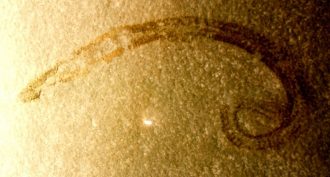 Animals
AnimalsScientists Say: Nematode
Nematodes are a group of related small worms found all over the world. They can cause disease, but they also can be useful for scientists to study.
-
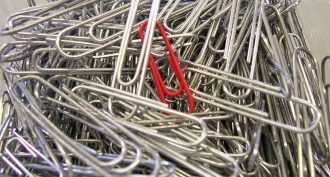
The next MacGyver’s not a guy
A famous TV show featured an engineering hero. Now, a contest plans to bring engineering back to the screen, and needs your ideas.
-
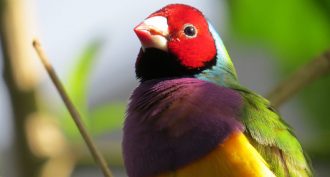 Animals
AnimalsMates or survival: Which explains a bird’s color?
When male birds are brightly colored, we assume that’s because their plumage attracts the gals. But a new study with thousands of museum specimens shows that sometimes survival is just as important a factor behind bird color.
-
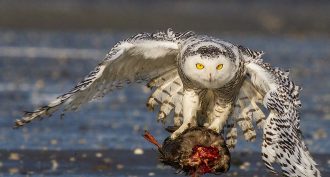 Animals
AnimalsScientists Say: Irruption
Sometimes populations of animals can suddenly increase. The word for that is irruption.
-
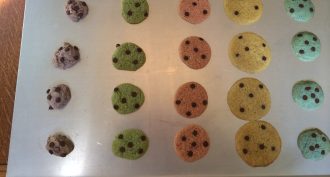
Cookie Science 14: One experiment, 400 cookies
Making delicious gluten-free cookies requires testing. And this means baking a lot of cookies with scientific precision.
-
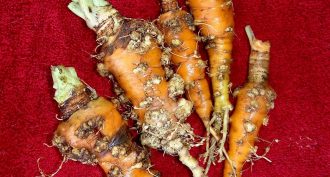
Teen helps plants fight off pests
When plants are attacked by predatory worms, often they don’t fight back. A teen studied why and used those findings to help the plants defend themselves.
-
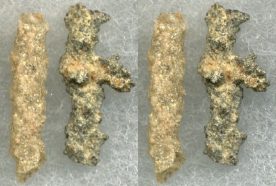 Chemistry
ChemistryScientists Say: Fulgurite
When lightning strikes in the right place, it can fuse minerals together in a glassy structure.
-

A plastic that heals itself
A scratch on a car can be expensive to fix. A teen helped to create a new smart material that can heal its own gashes.